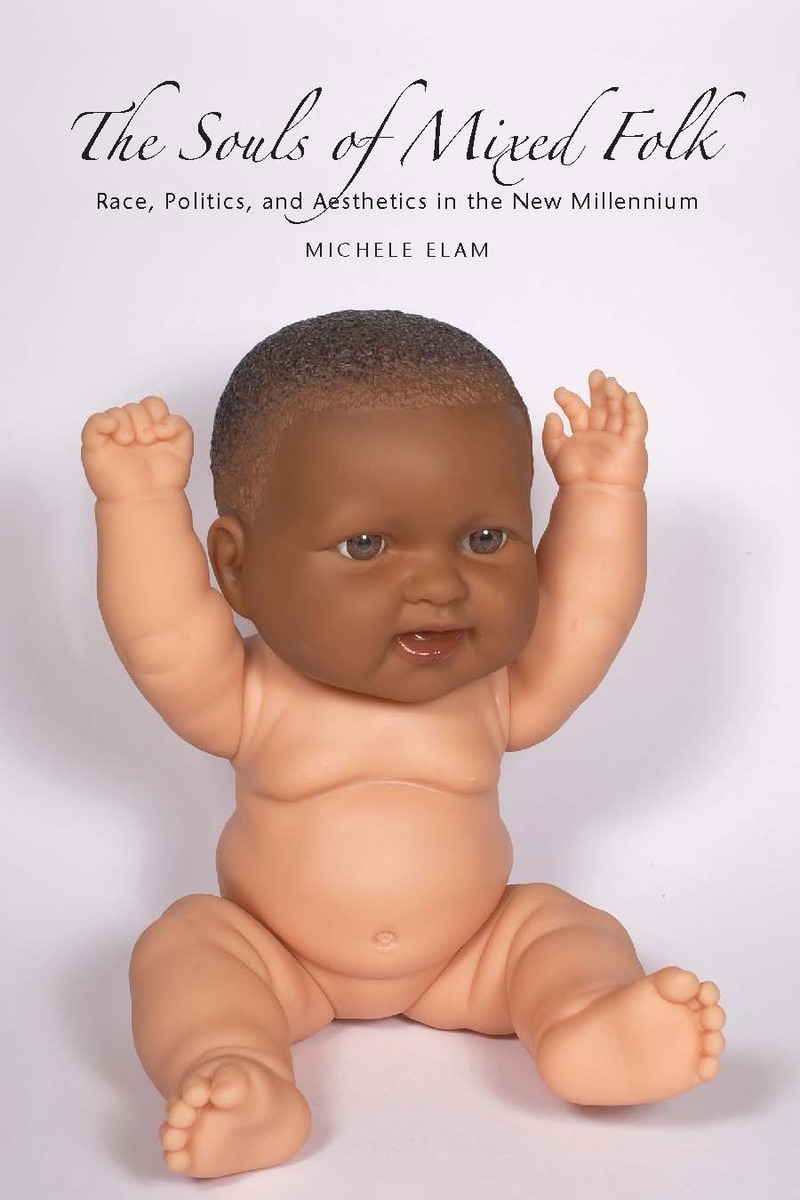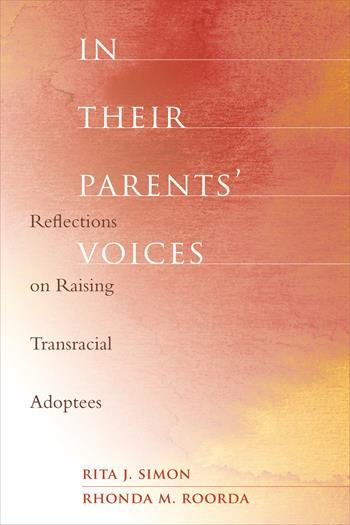For Blacks in Cuba, the Revolution Hasn’t Begun
The New York Times
2013-03-23
Roberto Zurbano, Editor and Publisher
Casa de las Américas Publishing House
Translated from Spanish by Kristina Cordero
CHANGE is the latest news to come out of Cuba, though for Afro-Cubans like myself, this is more dream than reality. Over the last decade, scores of ridiculous prohibitions for Cubans living on the island have been eliminated, among them sleeping at a hotel, buying a cellphone, selling a house or car and traveling abroad. These gestures have been celebrated as signs of openness and reform, though they are really nothing more than efforts to make life more normal. And the reality is that in Cuba, your experience of these changes depends on your skin color.
The private sector in Cuba now enjoys a certain degree of economic liberation, but blacks are not well positioned to take advantage of it. We inherited more than three centuries of slavery during the Spanish colonial era. Racial exclusion continued after Cuba became independent in 1902, and a half century of revolution since 1959 has been unable to overcome it…
…Raúl Castro has announced that he will step down from the presidency in 2018. It is my hope that by then, the antiracist movement in Cuba will have grown, both legally and logistically, so that it might bring about solutions that have for so long been promised, and awaited, by black Cubans.
An important first step would be to finally get an accurate official count of Afro-Cubans. The black population in Cuba is far larger than the spurious numbers of the most recent censuses. The number of blacks on the street undermines, in the most obvious way, the numerical fraud that puts us at less than one-fifth of the population. Many people forget that in Cuba, a drop of white blood can — if only on paper — make a mestizo, or white person, out of someone who in social reality falls into neither of those categories. Here, the nuances governing skin color are a tragicomedy that hides longstanding racial conflicts…
Read the entire opinion piece here.



